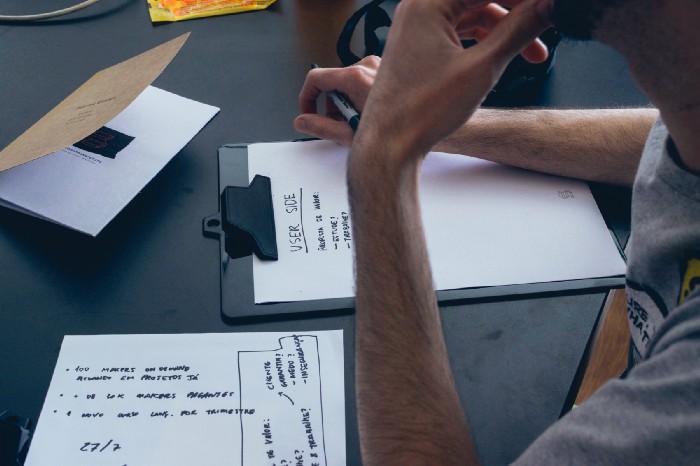UX’s burning questions
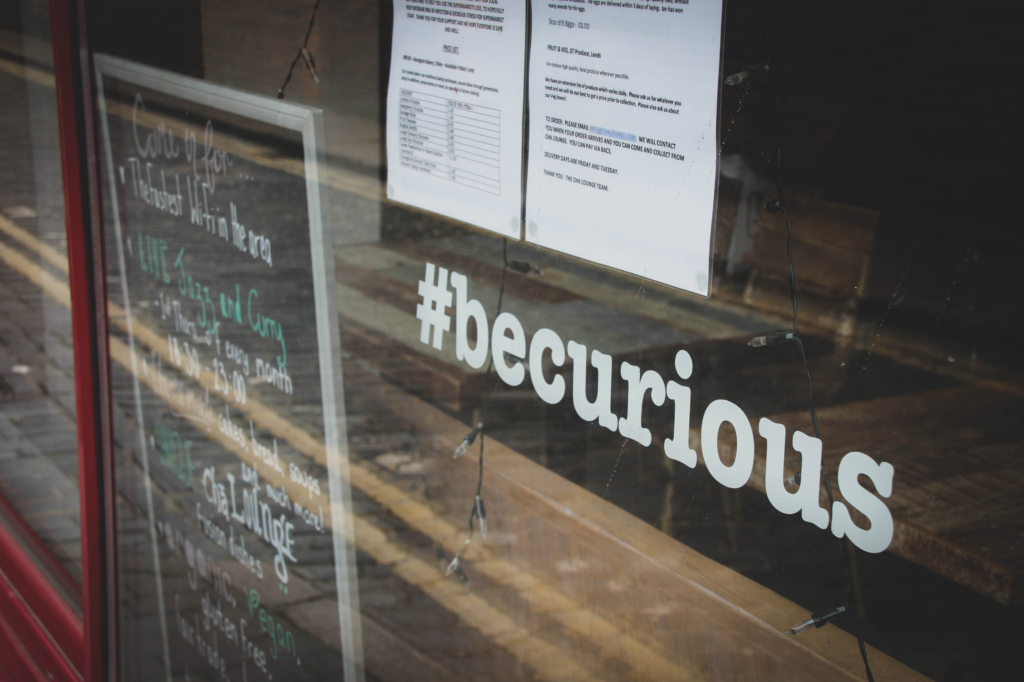
Upon writing about my transition from academia to UX Research, and discussing the unique advantages of running UX Research in a foreign language, I have been contacted via LinkedIn and Instagram by UX enthusiasts across the world.
Soon I realized that same/similar questions were being asked frequently. By drafting this article, my goal is to answer all these questions both efficiently and in detail.
I will be as direct as possible and blend in my personal experience with what I’ve seen and experienced in the design community (e.g., both in-house, consultancy, and agency settings) and what I’ve read over the years. I will also include my conversations with Tomaso Vido De Zaccaria (Senior UX Researcher at Glovo and eye tracking expert) for a bonus question. I work as a researcher, so everything I would say about interaction design and product design are based on my observations.
Questions are marked with 💙💜❤️💛🖤🧡
Challenges of a career in UX and key areas of knowledge

💙 What is the most challenging part about a career in UX Design? Can you think of a list of things that I need to master prior to finding a job in this field?
My answer:
UX is an ever-changing field with so much to learn and adapt to. Most people I know here — whether they are researchers, designers, interaction designers, or unicorns that do a little bit of all — suffer or have suffered some degree of imposter syndrome. That’s because no matter what you have learned or your previous projects, there is so much more to learn. Every day, you can find out about new methods. A new research insight can make you change the way you understand the problem to solve. Or you might need to change the platform you use to do prototypes.
UX professionals need to learn and keep learning on the job. This, I find, is the major challenge to our work. But at the same time, constant learning is what makes it exciting and fun.
TL, DR: Learn as much as you can every single day (e.g, reading trusted resources, networking, boot camps, UX festivals). You’re reading the UX Collective right now, so you’re on the right track to connect with and learn from UX professionals across the world. So don’t wait forever to start looking for a job. Learn as you go!
Distinguishing different roles in the UX field

💜 There are different UX roles. Can you list them in terms of importance? If they’re all important, which ones are the most critical, most demanding, and
most rewarding compared to others?
My answer:
Honestly, it’s shocking to me even to begin thinking “in terms of importance”. Especially in product teams — I say this because some consultancy settings can be individualistic — teamwork rules. You need a great UX Researcher (who investigates the user experience) whose work is just as important as the UX Designer (e.g., the person who does the prototyping and high fidelity design) whose work is just as important as the interaction designer (e.g, the person who generates interaction concepts based on user data). Each group of professionals has their area of expertise, and they bring that to the table.
In some cases, there might be a relatively more senior UX Researcher who guides designers with her experience. The opposite can also be true where the designer can be more adept at setting goals and managing stakeholder expectations. Beyond the title, what seems to matter is the experience of each team member, and how they can leverage it to help more junior members grow. “Cross-pollination” can also happen where people with different areas of expertise can learn from each other from participating in the same project.
TL, DR: The question that’s worth asking when you’re considering a career in UX is the following: What are my talents? Where can I bring the most value? Sure, you might both prototype well in Figma and manage to do diary studies. But which one gives you more pleasure? When do you stop counting the hours, invest in your personal time, and really enjoy exploring? Whatever that title is, go and pursue it.
On collaboration
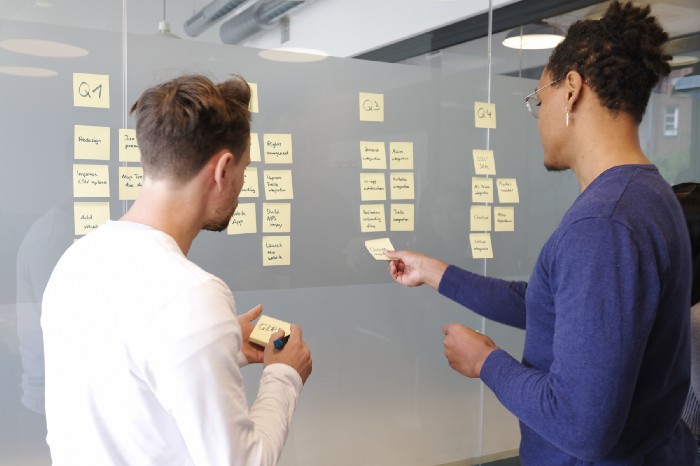
❤️ To whom does a UX designer/researcher/ visual designer collaborate the most?
My answer:
The obvious answer is with each other. Both in consultancy (e.g., a company that prepares projects and sells its professionals’ project hours) and in-house settings (e.g, where professionals are based in the company they work for), researchers start with a project for which design stimuli (e.g., a prototype that’s prepared for user testing purposes) might or might not be needed. We gather (mostly qualitative) insights. A qualitative insight is a piece of knowledge that changes the entire way you think of your user and gives the whys behind a certain kind of behavior.
In places like Glovo, product analysts also work with UX Researchers in putting together quantitative insights. Then the UX designer jumps in and upon mutual agreement with the Product Manager (e.g, the person who brings together the user needs and business objectives, and articulates how a product should evolve) applies the insights to a new design solution.
The nuanced answer is that we collaborate with all of our stakeholders constantly. In an idealized in-house tech environment, both UX Researchers and Designers collaborate with the Product Manager. UX Researchers tend to have a closer relationship with both business analysts and product analysts, while UX Designers speak more frequently with the developers.
TL, DR: The design team — from research to interaction design and visual design- collaborates A LOT with each other. But it’s just as important to collaborate with the design teams’ stakeholders (e.g., from product manager to developers, and data scientists).
Frequently used UX tools
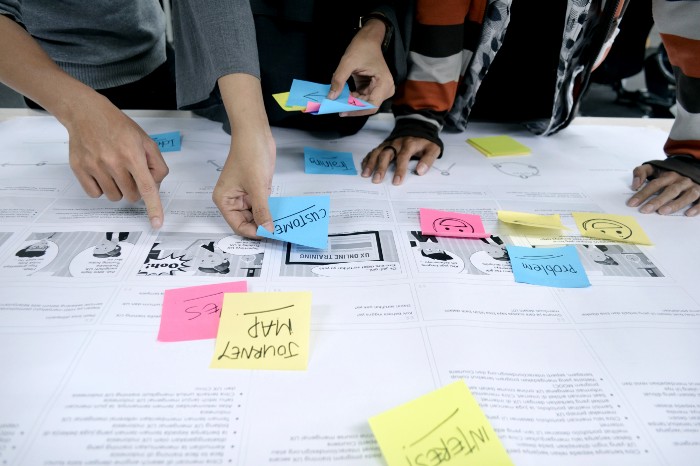
💛 What are the most used UX tools in the market?
My answer:
For example, today I’ve used the following tools. It’s not an exhaustive list, but it’ll give you some ideas, and you’ll realize that none of these tools are exclusively for UX Researchers.
- Miro (to fill in the user session insights, do co-creation sessions, brainstorming, prioritization sessions, and more. Check my colleague
’s amazing article “How can you make UX research insights visible, traceable, and fun?” to see some tangible examples of Miro use)
- Confluence (to write research plans, see the output of other teams such as data insights)
- Jira (to write my tickets and communicate my progress to stakeholders)
- Google Docs (to draft presentations, 1–1 sync docs, track recruitments)
- Maze (to do remote and unmoderated usability testing)
- Figma (to check out design stimuli for research or leave comments to designers’ prototypes)
Of course, the tools that product designers (or visual designers) use are an entirely different story. Across the board, Figma seems to be replacing both Sketch and inVision because all the work can be done (edited and prototyped) in one place. Check out this article on the 17 best UI/UX design tools to know more about the topic.
TL, DR: Check the tools mentioned above, and see what works for you.
Doing UX in Spain
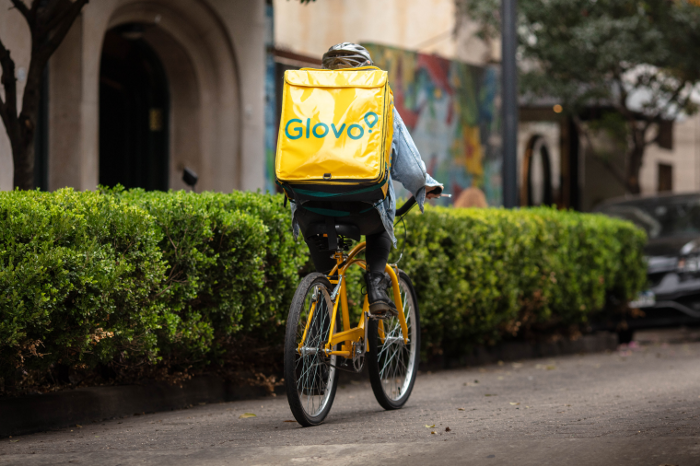
🖤 I’m generally curious about the job market in Spain- what are some of the best companies that are known for good UX that I should follow and what are some networking events/groups in social media (that are online!) that one should follow as well, in your opinion? Also curious whether you primarily use Spanish or English in Glovo, and how many English-first companies are there in Spain, from what you’ve seen?
My answer:
I’ll be biased because I genuinely feel that Glovo is the best place to do UX in Spain (and arguably in Europe). Every day, I feel that I’m doing the job of my life because I have an encouraging team that supports each member. We don’t compete, we collaborate (#goodvibes). And each individual in the team is genuinely talented and passionate about what they do. The salary range is competitive (hey, it’s not a volunteering gig after all) and the company keeps on growing and innovating. It’s the place to be. And by the way, we mostly use English, especially in bigger reunions. But in smaller groups — since most Glovers’ native language is Spanish — we use this language too 😉
About the networking events and groups: Covid-19 did make it all accessible by promoting everything to be online and therefore making it globally accessible. Off the top of my head, I come to think of the following:
- Ladies that UX Barcelona: This is a very new initiative in Barcelona that’s taking off following the footsteps of other major cities. Stay tuned ✨
- UX Insight Festival: Participated last April, met cool UX professionals across the world, and learned inspiring stuff from the panelists and speakers. Check out the program for next year.
-I’m a huge fan of her UXR work — presented there, too!
- UXOK: It’s an Oklahoma-based design conference that I participated in online, thanks to my amazing colleague
’s invite. I encourage you to check out the program next year.
TL, DR: Apply to Glovo if you think you could be the right fit. Regularly check online networking/social events.
Doing UXR in a multinational company like Glovo

❤️ In a multinational company, how can a centralized UXR team like Glovo’s take care of multiple investigations in different countries, considering differences in time zones, languages, and contextual/cultural specificities
As Glovo grows across continents, so does our need to do research globally to understand our users. Of course, this is not easy, and we have to always be on our toes, tackle new challenges, and prioritize well and manage expectations. My colleague Tomaso Vido De Zaccaria (Senior UX Researcher at Glovo and eye-tracking expert) — with whom I talked about this question — says that the following points matter the most:
- Defining processes that involve the centralized UXR teams as well as the supporting local operation teams
- Building a diverse and inclusive team with people from different backgrounds and nationalities that can cover various markets
- Being flexible, adaptable, and open-minded when interacting with such a diversity of users and backgrounds
TL, DR: Generating “comparative” user insights by leveraging research studies in different countries is a privilege that not all UX Researchers have. Of course, it creates an additional set of challenges that can be handled by defining quality standards and processes for both centralized UXR teams and supporting local operation teams to rely on. In addition, recruiting a diverse group of researchers, and maintaining a flexible mindset also help!
Advice on landing your first UX Research job
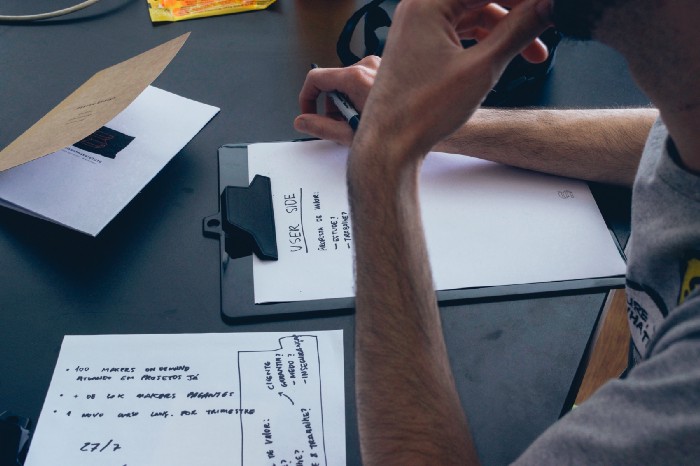
🧡 Any advice you can think of for landing that first job (I’m assuming that will be the biggest challenge of switching careers) please share.
My answer:
If possible, make your transition to UX as subtle as possible. I know it wouldn’t work out if you’re a nurse or an English teacher right now. But for example, before having the “UX Researcher” title, I had worked as a Business Anthropologist (check HERE what this job was all about). Since I had previously studied and worked as an anthropologist/researcher/writer, this job was a quick win for me.
And once I started working as a Business Anthropologist, I began practicing a lot of the skills that UX Researchers need to have in consultancy settings. For the things that this job didn’t train me for, but I knew that I had to be able to do (e.g., running usability testing sessions), I’ve done courses on Interaction Design Foundation. These two actions — coupled with attending networking events and reading a lot of books from giants such as
— made the difference for me.
TL, DR: Try to see if you can practice UX skills in your current job so that you can then more easily transition to a UX role. All the while, read good books and resources (UX Collective is golden!) and do courses or a boot camp to increase your knowledge.
A few words on creating a portfolio

💚 Oh, would you advise on creating a portfolio?
My answer:
For UX Designers, the answer is: Yes, absolutely. For UX Researchers though, this is a tough call. For my current role at Glovo, I did apply with a portfolio and in the first two rounds of interviews, I proactively referred to the projects highlighted there.
But I know quite a lot of people who landed in their UX Researcher jobs without a portfolio. A solid CV and a good performance in the interviewing process were good enough.
The bottom line is that if you have time and interest, go ahead and draft a portfolio. Most certainly, it won’t hurt your chances. Make sure you use this document as an opportunity to showcase your storytelling, your ability to hypothesize and simply explain complex concepts.
TL, DR: Especially for the case of UX Researchers, I believe that a portfolio is not a deal-breaker. But it won’t hurt either. If you’ll invest in the time to draft one, make sure you work hard on showcasing your storytelling, understanding of research methodology as well as other key details.
Transitioning from academia

💖 How was your transition from media and cultural studies to UXR? Have you found the skills you got from doing research for your degree relevant for UXR How did you frame your academic experience when you applied for your first UXR job?
My answer:
Everything that I’ve done before transitioning to UXR helped me to become the professional that I am today. My long list of experiences prior to UXR include not only studying media and cultural studies but also doing a bachelor’s in comparative human development, then working as an investigative journalist, working at NGOs, being a full-time researcher, tour guide, customer service agent, and more.
But while it makes perfect sense for me to draw from all these experiences to be a better UXR, I don’t necessarily think that all recruiters would be able to connect the dots and spend time thinking about how well cultural studies major can do UXR. What people like us need to do then is to take the job post as a starting point, study the requirements, and then explain bit by bit what we have done and how that experience has helped us gain the skills that are necessary to thrive for that new UXR role. You can check the section above on “Advice on landing your first UX Research job” for more details.
TL, DR: Shamelessly demonstrate how your previous academic achievements position you to excel in a UXR role. You can do this by making sure that you speak the language of the recruiter. This means that you need to connect your past experiences with what’s required from this position. Every job post is different, so you will need to rethink your academic background to make it a perfect fit.
And by the way, we are hiring! If you think Glovo might be your next challenge, check out our Careers page or LinkedIn.
Meltem Kaso is a mother, UX Researcher, podcaster @Let’sLearnTurkish, Kundera admirer, and non-alcoholic beer lover. Istanbulite by birth, Barcelonés by choice. Find her on LinkedIn and say hi!
Thanks to Valentina Salvi and Hossein Raspberry.
